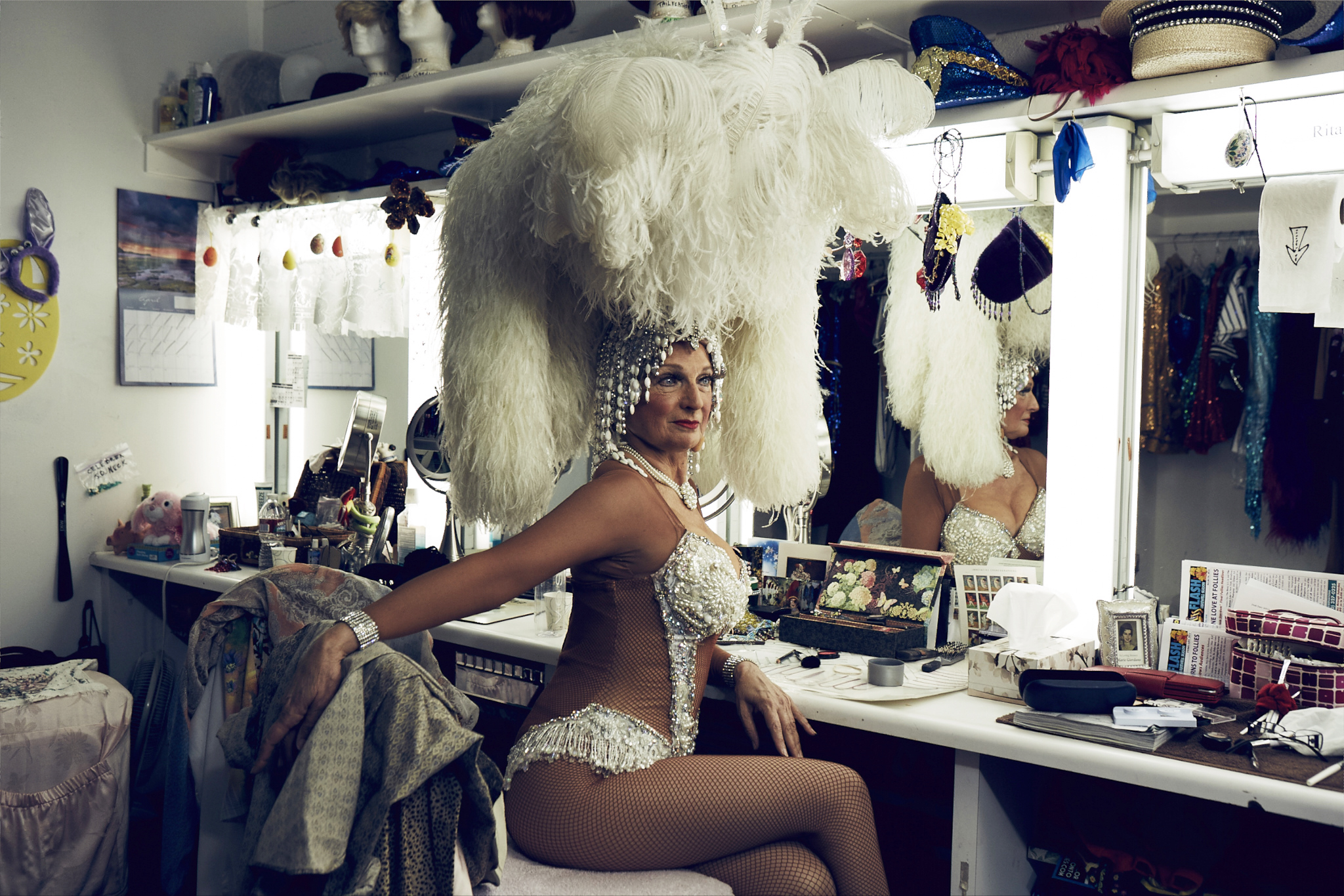
After a 22-year run, the Fabulous Palm Springs Follies — one of the longest running dance and musical revues in the United States — played its last-ever show on May 18.
With its lavish celebration of the music, dance and comedy of the 1930s, ’40s, and ’50s, the Fabulous Palm Springs Follies was something of a show-biz legend: since it opened in 1991, almost 4 million people have seen the show. Perhaps one of the most notable things about the show is the age of its cast: They ranged from 55 to 83 years of age. Why? The show’s founders, Riff Markowitz and Mary Jardin, require that performers actually lived in the early- to mid-20th century.
But the troupe fell on hard times, despite a top ticket price of an already steep $95.
“The $1 million required to produce each new edition, plus the costs of 122 employees” doomed the Follies, Markowitz said. “Needing to make a 78-year-old movie house function as a Broadway-caliber performance space — and many other factors — all combined to make the Follies a money-losing proposition.”
Sadder still, the Follies had given new life to the venue which housed the show: the city’s landmark 809-seat Plaza Theatre. In 1991, when Markowitz began heading up the Follies, the space had already been shuttered, a seeming victim of the popularity of television and other forms of mass entertainment.
The Fabulous Palm Springs Follies. A video by Danielle Levitt
Originally planned to provide film entertainment for the resort’s seasonal celebrity audiences, in its heyday the Plaza Theatre also was the site of national broadcasts by Bob Hope and Jack Benny, and later hosted live performances by Frank Sinatra, Donald O’Connor and others.But — at least until the Follies arrived — little matched the glamour of the theater’s opening night, December 12, 1936, when it hosted half of the double-premiere, one in New York and one in Palm Springs, of Greta Garbo’s now-classic film, Camille.
Why a Palm Springs opening for MGM’s big film? Simple. Just before the film began, a woman clad in slacks and wearing a dark hat and dark glasses snuck quietly into a balcony seat. The theater’s owner, Earle Strebe, claimed it was the film’s star herself, then the most famous woman in the world, Greta Garbo. Although the studio wanted a big New York opening, Garbo wanted one where her passion for privacy was respected. Rumors persist that the print of Camille that was shown that night in 1936 is hidden somewhere in the building’s walls.
Right now, the future for the Plaza Theatre seems up the air, but the city is working on finding a full-time use for it. And what of the future for the Fabulous Palm Springs Follies? Sadly, like Greta Garbo, the show now belongs to legend.
Danielle Levitt is a New York based portrait photographer whose work focuses primarily on American youth culture. Find her on Instagram.
David Wallace is the author of Lost Hollywood, Hollywood Land and A City Comes Out: How Celebrities Made Palm Springs a Gay and Lesbian Paradise



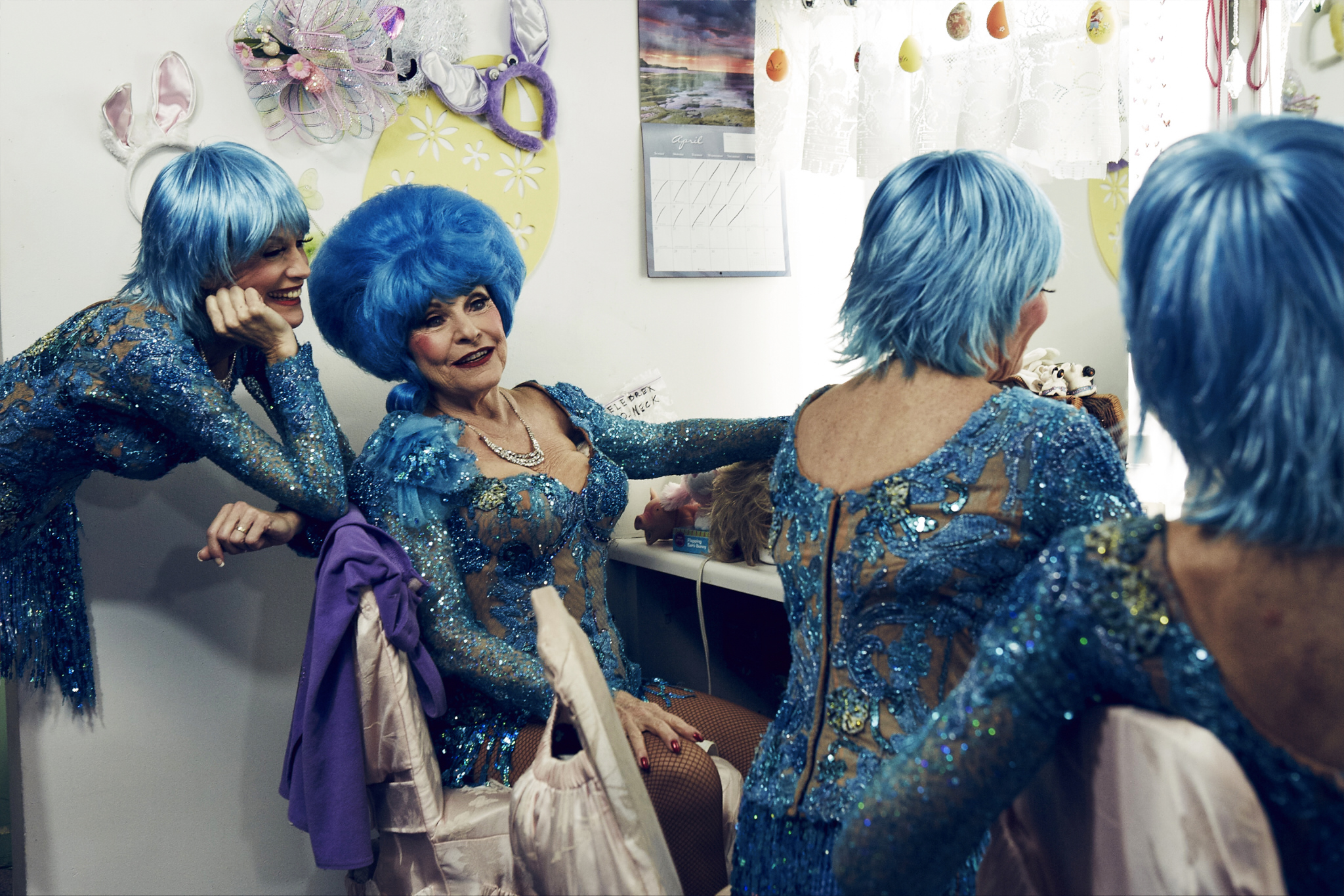
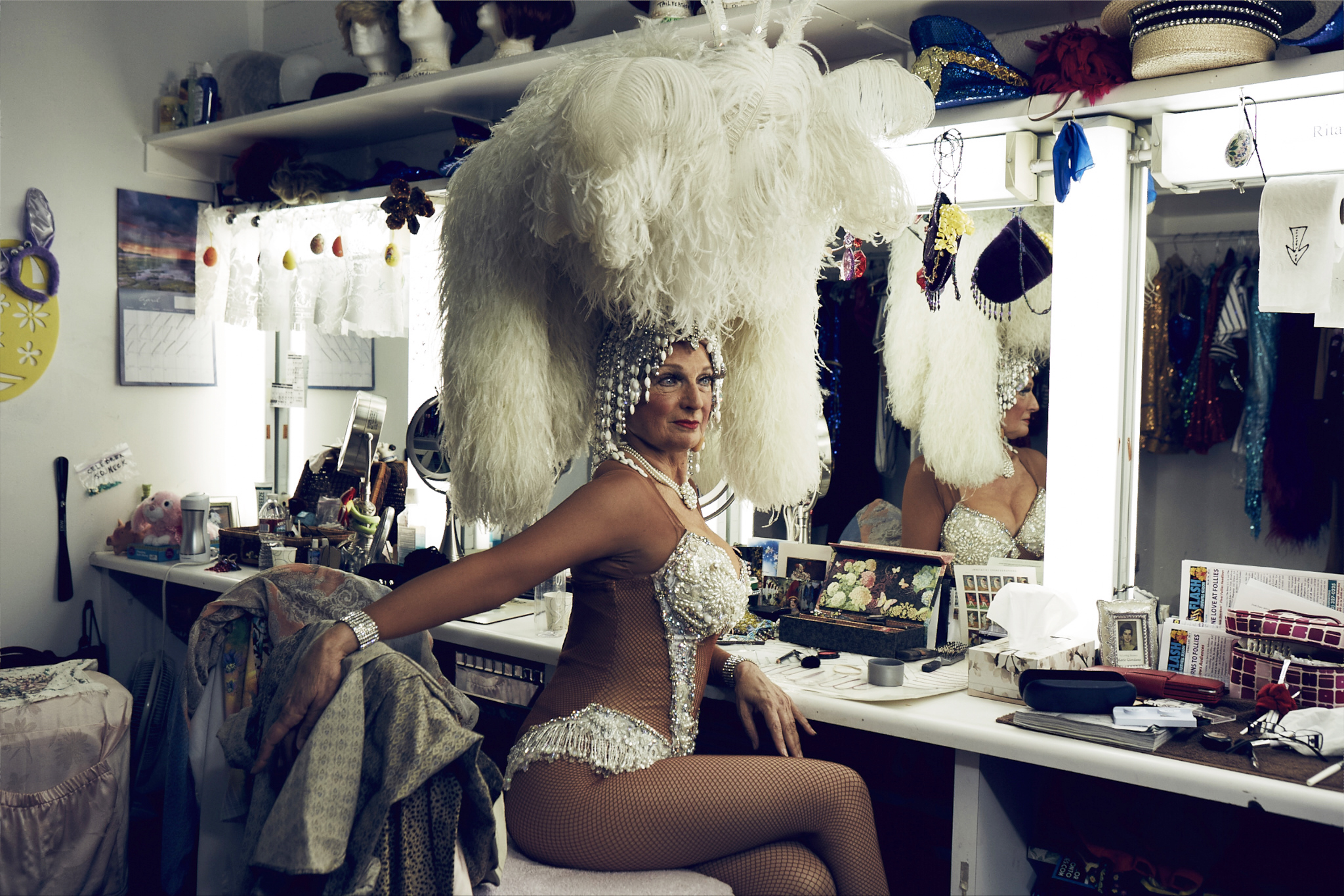
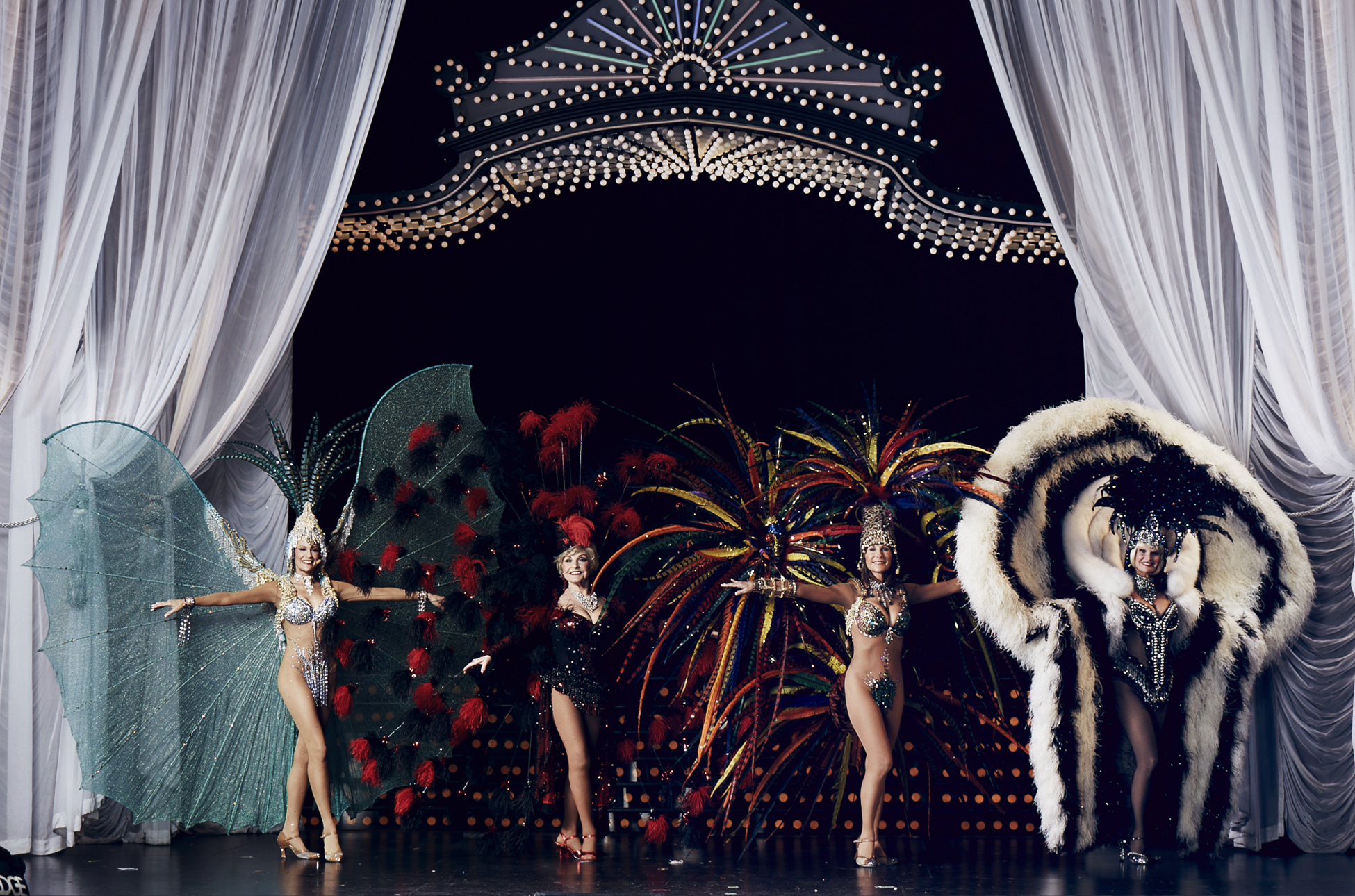
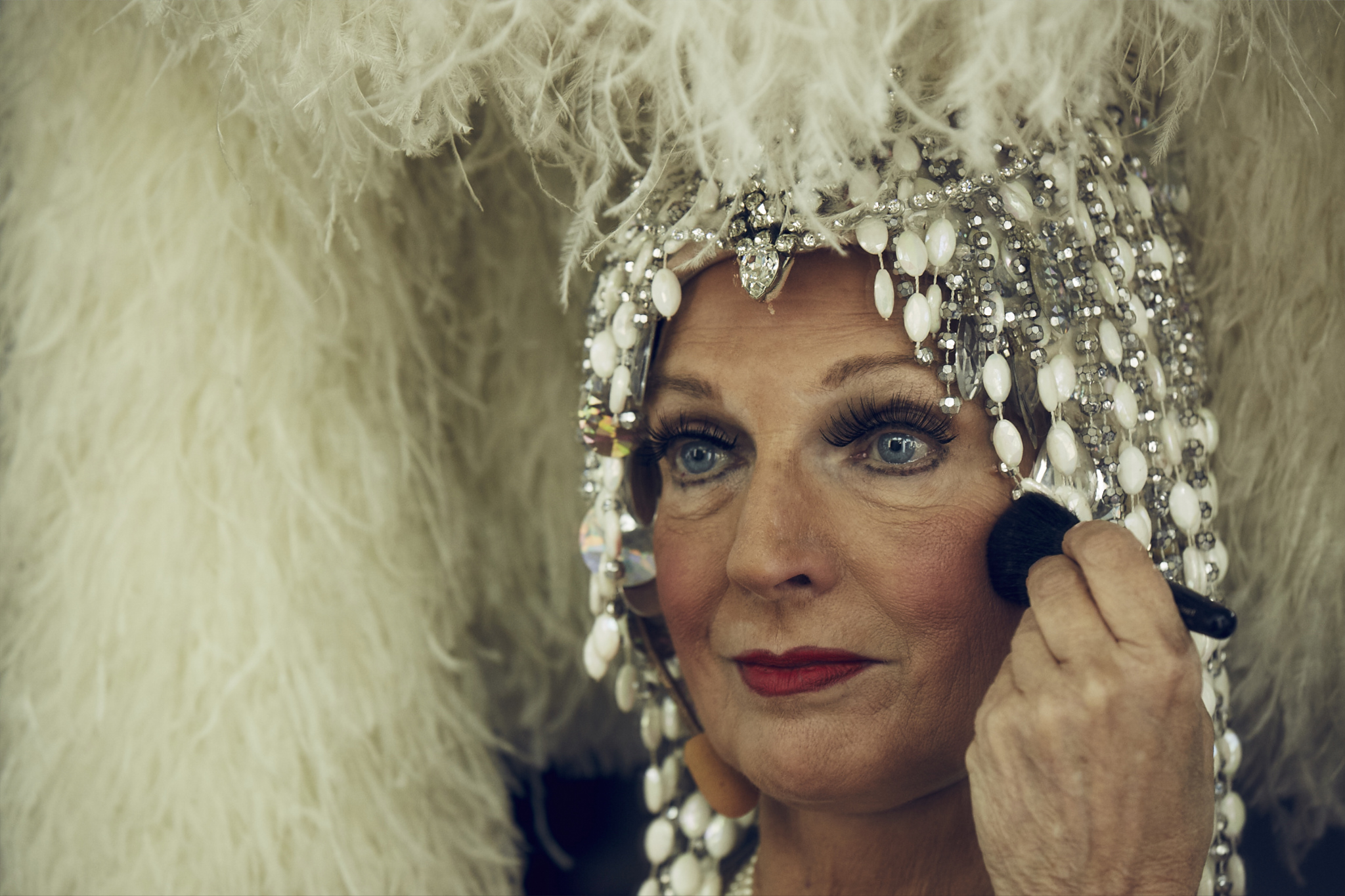
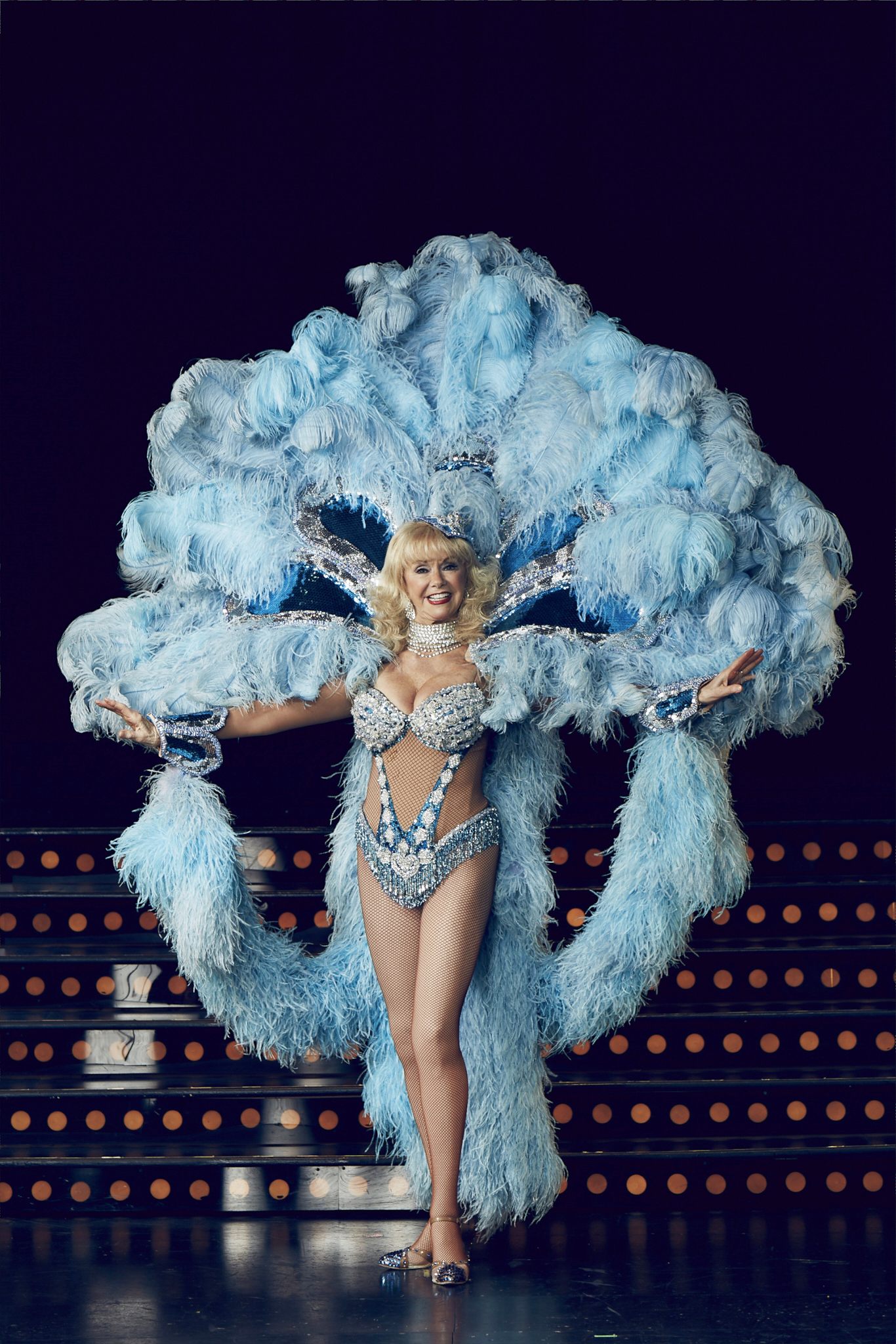




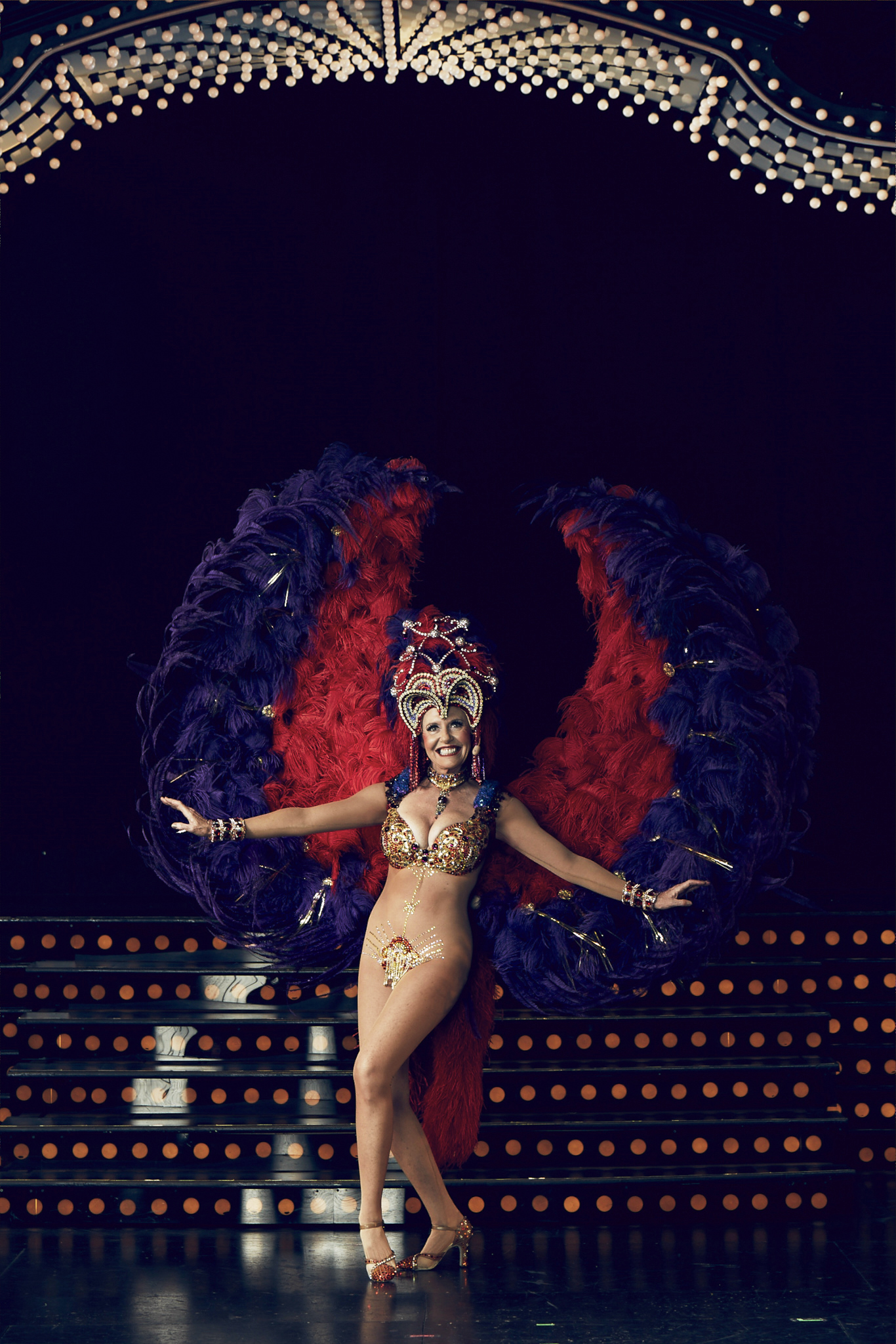


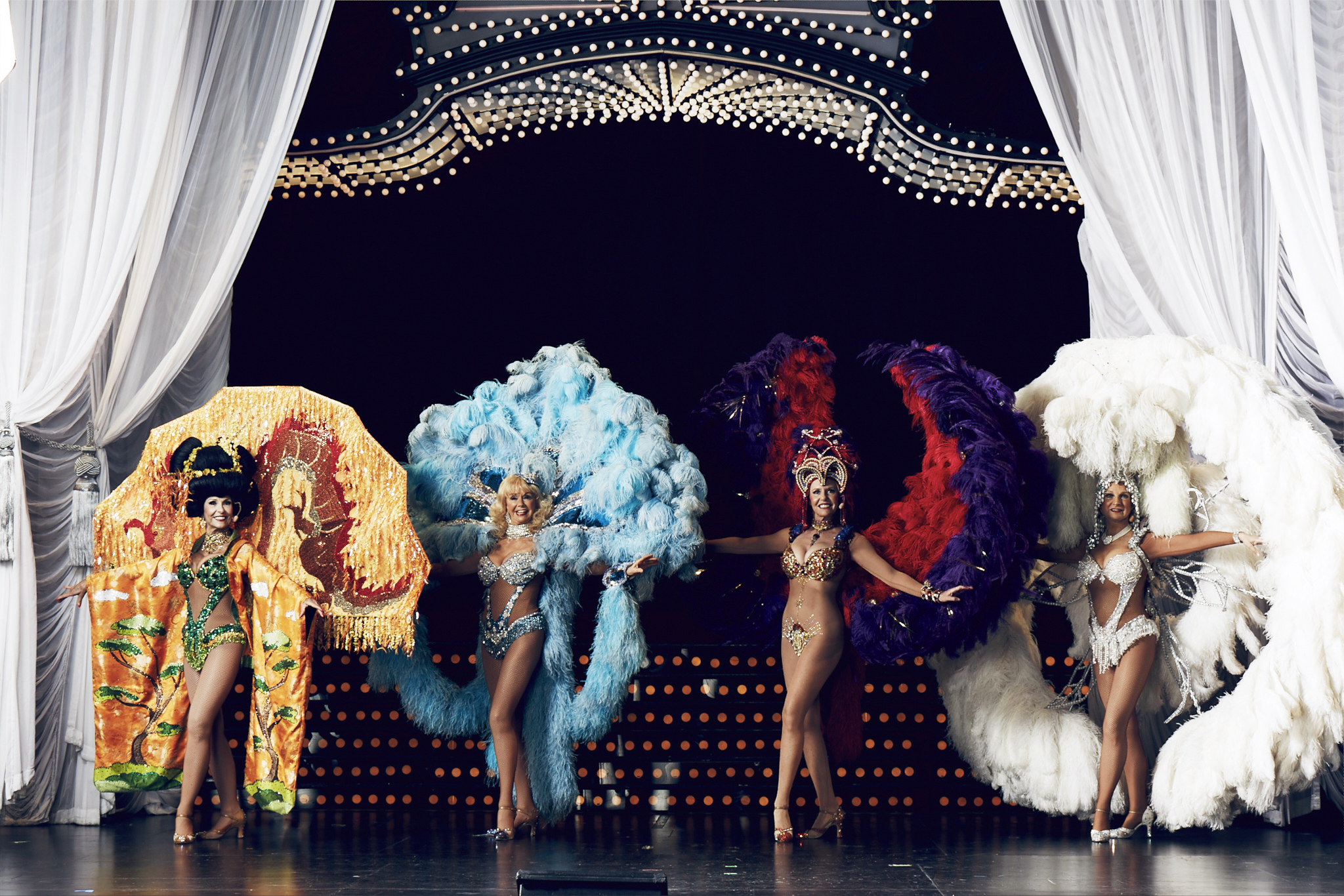
More Must-Reads from TIME
- Donald Trump Is TIME's 2024 Person of the Year
- TIME’s Top 10 Photos of 2024
- Why Gen Z Is Drinking Less
- The Best Movies About Cooking
- Why Is Anxiety Worse at Night?
- A Head-to-Toe Guide to Treating Dry Skin
- Why Street Cats Are Taking Over Urban Neighborhoods
- Column: Jimmy Carter’s Global Legacy Was Moral Clarity
Contact us at letters@time.com